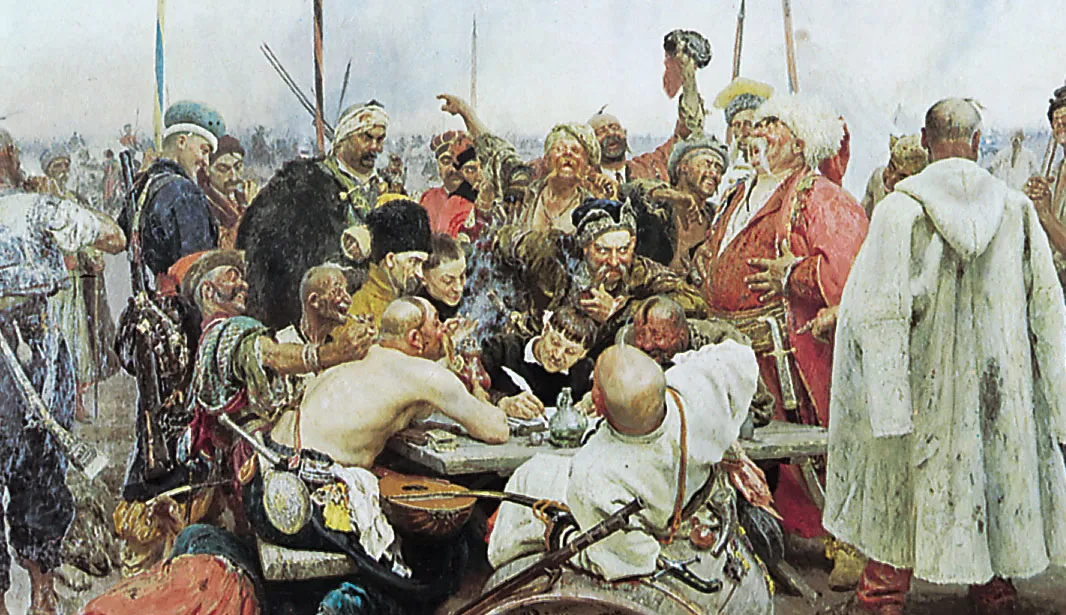In the vast ocean of Russian art, few paintings evoke the same sense of awe and wonder as “The Ninth Wave” by Ivan Aivazovsky. This masterpiece, completed in 1850, captures the sublime beauty and power of the sea in all its majesty. In this article, we embark on a journey through the depths of this celebrated painting, exploring its historical context, artistic significance, and enduring legacy in the annals of Russian art history.
- Historical Context:
During the 19th century, Russia experienced a surge of artistic and cultural creativity, fueled by a growing sense of national identity and a renewed interest in the country’s rich cultural heritage. Ivan Aivazovsky emerged as one of the leading figures of this period, capturing the natural beauty of the Russian landscape with unparalleled skill and sensitivity.
“The Ninth Wave” takes its inspiration from the maritime traditions of the Russian Empire, which boasted a vast network of ports and shipping routes connecting Russia to the rest of the world. Aivazovsky’s painting depicts a scene of maritime drama and peril, as a small boat struggles to navigate the treacherous waters of the open sea.
- Artistic Significance:
“The Ninth Wave” is celebrated for its masterful use of light and color, which imbue the painting with a sense of drama and dynamism. Aivazovsky’s skillful brushwork captures the swirling motion of the waves, the play of light on the water, and the dramatic interplay of shadow and reflection.
At the center of the composition, a small boat is tossed about on the crest of a massive wave, its crew clinging desperately to the rigging as they struggle to stay afloat. The painting conveys a sense of urgency and vulnerability, as the forces of nature threaten to overwhelm the fragile vessel.
One of the most striking aspects of “The Ninth Wave” is its sense of scale and perspective, with the vast expanse of the sea stretching out to the horizon, dwarfing the tiny boat and its crew. Aivazovsky’s use of atmospheric perspective creates a sense of depth and distance, drawing the viewer into the heart of the storm and evoking a sense of awe and wonder at the power of the natural world.
- Enduring Legacy:
“The Ninth Wave” has left an indelible mark on the world of art, inspiring generations of artists and admirers with its breathtaking beauty and emotional resonance. Aivazovsky’s painting has been celebrated as a masterpiece of Romanticism, a genre that sought to capture the sublime beauty and power of nature with awe and reverence.
The painting’s themes of struggle, survival, and resilience continue to resonate with audiences around the world, making it a timeless symbol of the human spirit’s triumph over adversity. “The Ninth Wave” has been reproduced in countless forms, from prints and posters to album covers and movie posters, cementing its status as an enduring icon of Russian art.
“The Ninth Wave” stands as a testament to the power of art to capture the sublime beauty and power of the natural world. Through his masterful use of light, color, and composition, Ivan Aivazovsky invites viewers to embark on a journey through the storm-tossed seas of the open ocean, evoking a sense of wonder and awe at the majesty of creation. As we contemplate this iconic painting, we are reminded of the timeless allure of the sea and the enduring power of art to move and inspire us.



